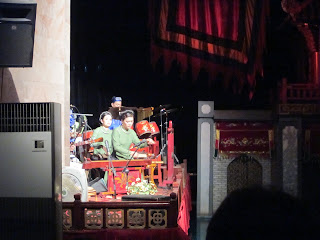Introduction
Officially, the
name of the country in English is the "Kingdom of Cambodia", but
is often shortened to just Cambodia. It is a Southeast Asian nation bordering
Vietnam (to the east), Laos (to the north), and Thailand (northwest and
southwest).
History:
The Khmer Empire was once wealthy, militarized, and a major
force in the region, where it stretched to encompass parts of modern day Thailand,
Malaysia, Burma, Laos, and Vietnam.
It’s glorious days being under Jayavarman VII (1181-ca.
1218), where the Empire made significant territorial gains from the Vietnamese
and Cham.
However, ever since the fall of Angkor in 1431, the once mighty Khmer Empire has been plundered by all
its neighbors. It was colonized by the French in the 19th century, and during
the 1970s, was bombed heavily by the USA. After a false dawn of independence in
1953, Cambodia swiftly fell back into the horrors of civil war in 1970 to
suffer the Khmer Rough’s extremely
brutal reign of terror. It was only after UN-sponsored elections in 1993, did
the country begin to stagger back onto its feet.
I first visited Cambodia in January 2012,
during the Chinese New Year Holidays. It was a short 5 days 4 nights trip to
Phnom Penh and Siem Reap. The weather was generally hot and humid. But prior
research about the Khmer Empire and the Khmer Rouge made me very excited about
this trip. We spent the first two days in Phnom Penh, and traveled to Siem Reap
by coach on the third day.
For information
on Phnom Penh & Siem Reap, stay tuned for their respective blog posts in
this site.
Places we visited/Activities we did in Phnom Penh:
Mekong River Cruise
The Royal Palace
Toul Sleung Museum
Phnom Penh Central Market
Naga World (Casino)
Places we visited in Siem Reap:
Artisan d’Angkor
Pub Street
Angkor Wat
Angkor Thom
Floating Village
For individual
introductions on the places/activities above, please check out the related blog
posts in this site.

















































